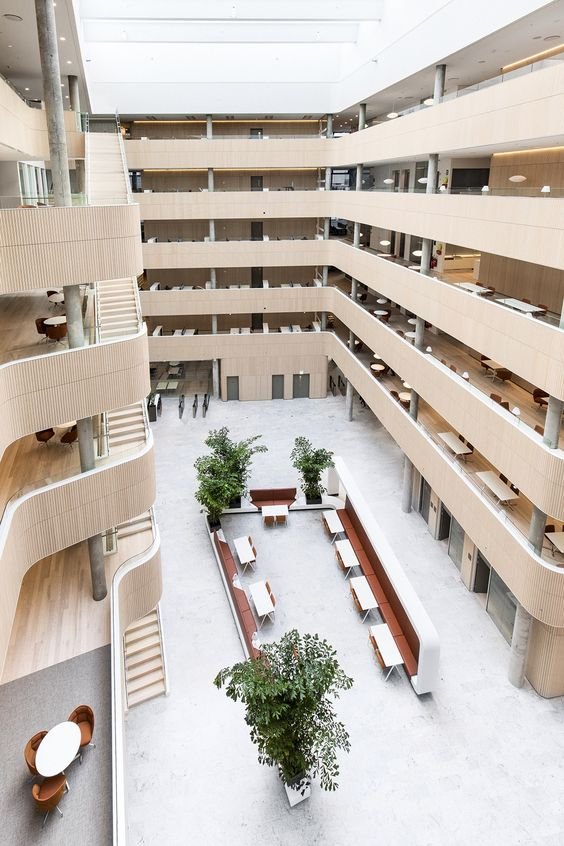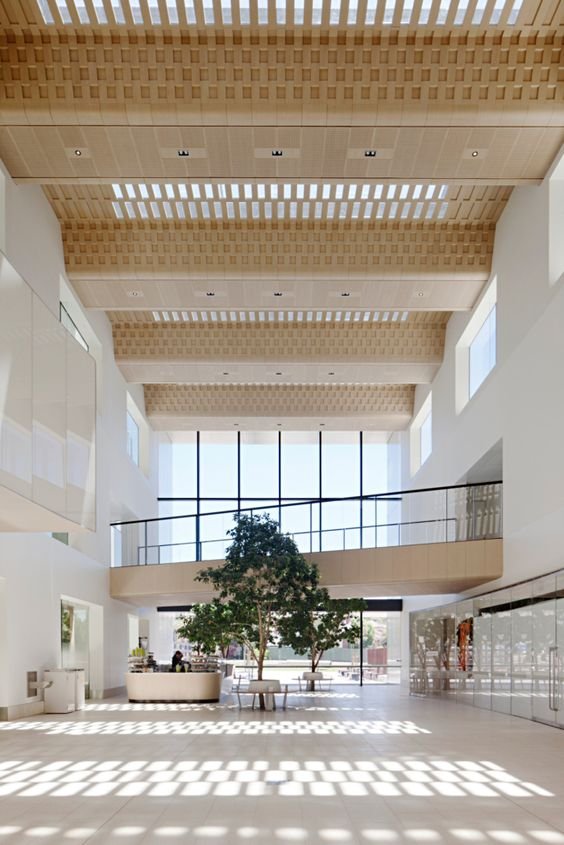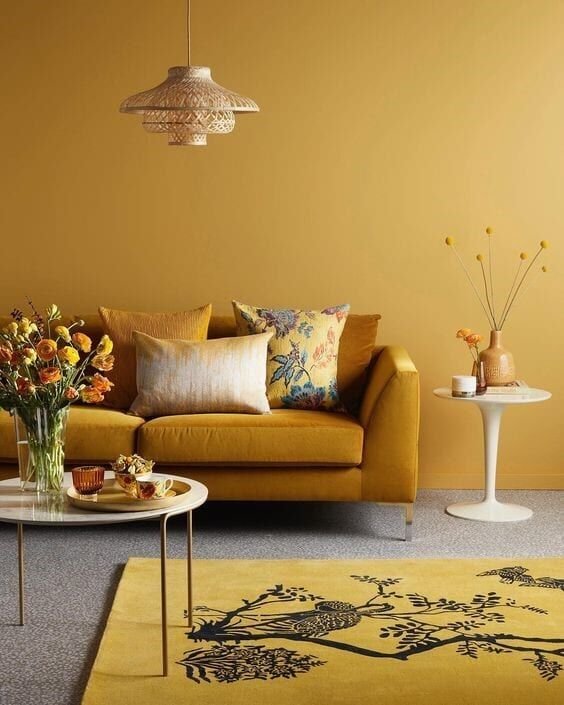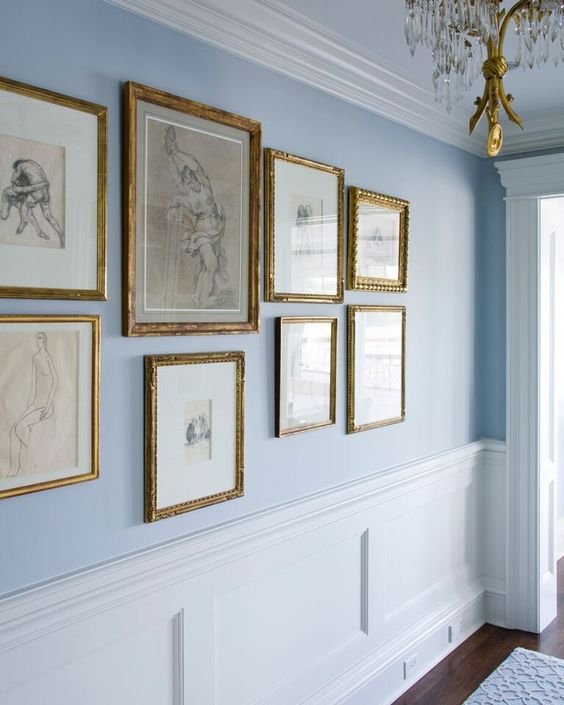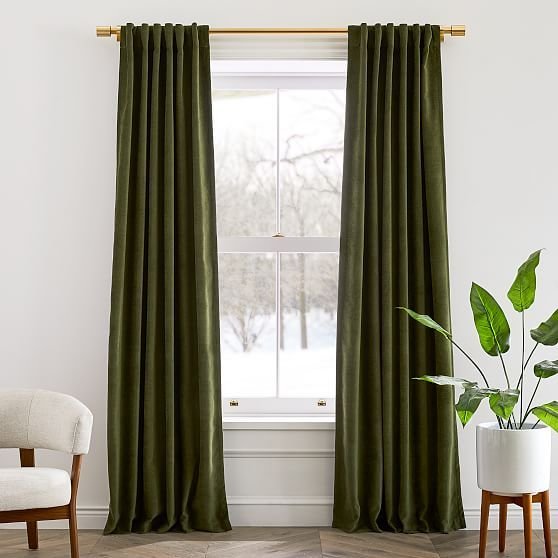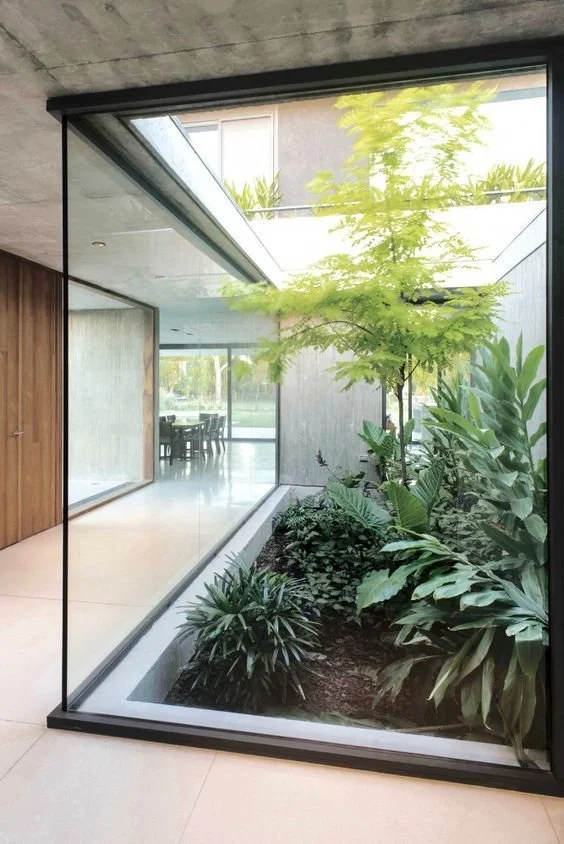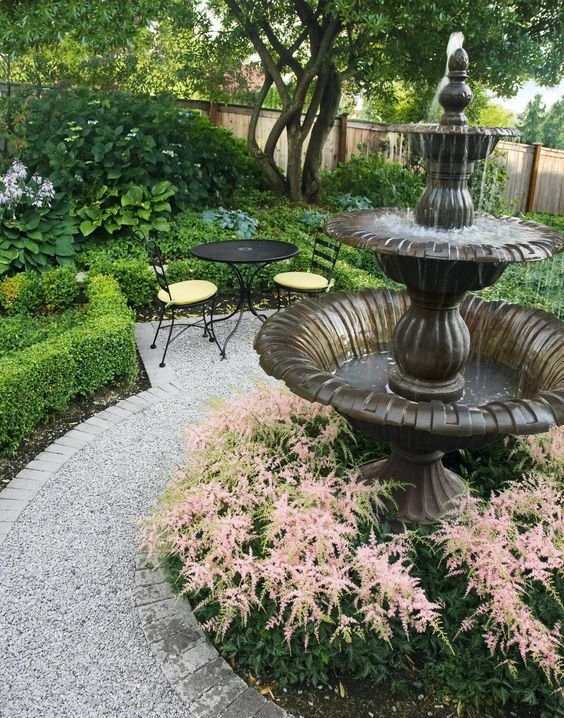Elderly Mental Healthcare Facility
Why- Rationale
Twenty-one per cent of elderly in Nursing Homes (NHs) experienced depression with 14.4% experiencing minor depression and 6.7% for major depression. Significant risk factors associated with depression were a length of stay in NHs for more than 2 years, a known history of depression, pain, and no or lack of social contact (Tiong et al., 2013).
Who- Beneficiary
The elderly, 65 years old and above, not actively suicidal and should be mobile enough to get around by themselves. Their special needs may include early signs of dementia, slight mobility issues, chronic loneliness, depression, and sensory issues such as difficulty seeing.
General Elements:
Therapy rooms are interspersed around the bedrooms resulting in greater accessibility for the mobility-impaired.
The healing garden is in the center of the building to ensure those with dementia do not wander off the property. Additionally, the center placement means that patients are likely to experience nature while living in these residential care facilities.
A nurse’s corner is important in this layout as elderly members may need help with wayfinding or with other essential activities. Having a permanent physical location to seek help may be beneficial to the patients.
However, another concept would be to disperse the nurses around the facility to stimulate the cognitive functioning of the elderly through wayfinding activities, as well as to disperse the services rendered resulting in reduced likelihood of a bottleneck in services rendered. This would be bolstered by differentiating halls visually with paint colors and murals.
Worker’s bunks are required as the patients would require overnight care. The bunks would provide a safe and personal space for workers to rest before or after shifts.
Patients may benefit when their environment can be altered to suit their needs, offer the freedom to make their own choices, and allow for self-expression (Gifford, 2014, p. 288). A study found that autonomy over office space was related decreased emotional exhaustion (Gatt & Jiang, 2021).
The laundry rooms thus allows able patients to exercise autonomy over their laundry. Magnetic walls outside of bedrooms allows patients to be free to express their identity with magnets.
A group therapy room is included as it increases the likelihood of interpersonal interactions between patients. This will benefit them by facilitating the use of their cognitive abilities preventing the onset of dementia.
The multi-purpose space is a fluid space used for creative expression and can act as a second group therapy room as well. The kitchen being adjacent allows the area to be a common dining area as well.
The relaxation room is a social space for patients to decompress from therapy sessions.
An Intensive Care Unit (ICU) is made available to care for those with critical conditions. It is placed near the entry to facilitate transfers between hospitals and the facility.
Lighting
In a study, it was found that better illumination would be helpful to patients. High levels of illumination are needed for older patients. Low levels of light decrease visibility and can also promote agitation (Marwah, 2021).
Bright, warm, and natural lighting should be used in the hallways and other social areas of the rehabilitation center.
As a part of the rehabilitation that occurs on site, there is individual one-on-one therapy which will take place in therapy rooms. Low lighting produced pleasant and calm emotions, a better image of the interviewer, and more self-disclosure than bright illumination (Miwa & Hanyu, 2006). It is therefore recommended that low lighting be used in the therapy rooms during sessions.
It was found that the elderly living in nursing homes preferred cool tones for relaxing places such as the bedroom, and warm tones for activating spaces (Torres et al., 2020). The elderly preferred colors in the center of the visible spectrum (green-yellow). Green was the most popular color for the bedroom, whilst yellow was the most popular color for activity rooms.
It was found that “softer” rooms were more likely to be rated as warm, intimate, and relaxing. Subjects also disclosed at a more intimate level in “softer” rooms than “harder” rooms (Chaikin et al., 1976). Soft couches, rugs, indirect lighting, and armchairs with cushions should be considered for the therapy areas, as well as the relaxation room.
Colors
In another study, green was found to be associated with the most positive emotions followed by yellow, and blue (Kaya & Epps, 2005). As a result, we recommend the interior space be adorned with furnishings or be painted with the colors blue and green for resting and healing spaces, and yellow for activity and social spaces.
Privacy
It is believed that privacy is an important factor in reducing stress in patients, and therefore we recommend single rooms for the mental healthcare facility. (Karlin & Zeiss, 2006; Marwah, 2021; Zadeh et al., 2018 )
Views of nature helps calm patients and can also foster improvement in clinical outcomes such as reducing pain medication intake, and shortening hospital stays (Ulrich, 2002). Patients’ rooms should have floor-to-ceiling windows that face greenery or skylights that provide them access to natural light as sunlight in patient rooms can promote recovery of psychiatric patients with severe depression (Karlin & Zeiss, 2006). However, sometimes glass walls can be seen as invasive to the elderly. They might prefer keeping their room a safe environment for themselves, so we propose curtains to be made available to the residents.
Limited research showed that viewing nature for longer periods not only helps to calm patients, but can also foster improvement in clinical outcomes such as reducing pain medication intake, and shortening hospital stays (Ulrich, 2002).
Karlin & Zeiss (2006) found that outdoor gardens and other elements of nature can serve as "positive distractions", and exposure to nature reduces stress and fatigue and may facilitate recovery.
Therefore we recommend a healing garden which includes colorful flowers, a variety of plants to also provide a green landscape.
In a study, it was found that respondents named water fountains as the 4th most popular choice in features that attained a mood change, behind flowers/colors, openness/views, and greenery (Marcus & Barnes, 1995). Therefore, we recommend setting up a medium-sized water fountain inside the garden. Seats could be set up nearby the fountain so that patients can listen to the sounds the water makes as it dribbles down the fountain

